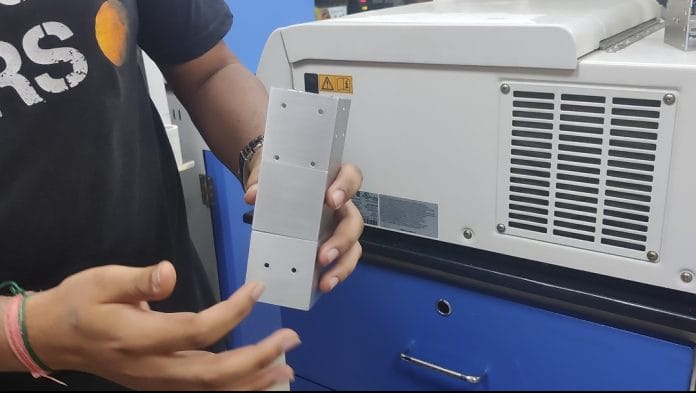Bengaluru: When the first three Indians fly into space on the Gaganyaan Mission, they won’t be alone. A cluster of bacteria will be their co-passengers.
ISRO is not just sending humans to space but also launching India’s first biological satellite, which will carry a sample of soil bacteria—Sporosarcina pasteurii. At the Indian Institute of Science (IISc) in Bengaluru, a team of researchers is working round the clock to make this happen.
Governments, billionaires, and space agencies across the world are racing to build a future for humans in space. But first, they have to create environments where humans can survive, if not thrive. And microbes are the key to deep-space missions. The human body hosts a menagerie of microorganisms, and bacteria have been integral to producing food, drugs, and even durable materials long before humans appeared on Earth.
“When we talk about a future where humans will be able to live in space, it cannot happen in isolation. Habitable conditions will have to be built, and that starts with studying how other organisms react to conditions in space,” said Aloke Kumar, associate professor at IISc.
To explore this, his team is developing a microbial experiment to test the bacteria’s growth patterns and behaviour in extraterrestrial conditions. And just like the crew module being put in place for the ‘Gaganyatris’—the official name given to the Indian astronauts on the mission—a biological satellite named MANAS (Microbial Analysis in Space) will house the bacteria. Unlike microbial laboratories on Earth, with bulky equipment and elaborate infrastructure, these labs have been shrunk to fit in the palm of the hand.
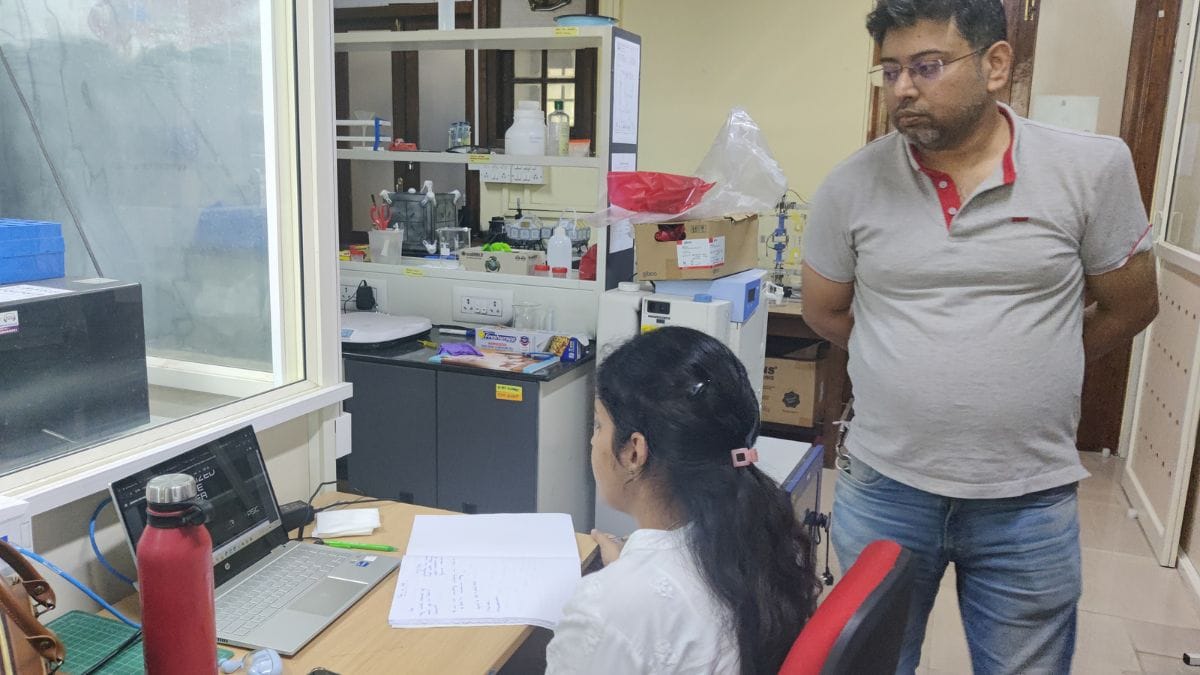
Before the Gaganyan launch, expected in 2026, Kumar’s team has prepared a pico-satellite version of the MANAS. It will be sent on a private uncrewed launch by Hyderabad-based startup Skyroot Aerospace in a few months. A pico-satellite is a smaller version of the experiment, designed to provide data in orbit. The full-scale Gaganyaan experiment, on the other hand, will return the tested samples to Earth.
Certain organisms are also known to react and spread more aggressively in space, said Jamie Foster, professor and assistant director at the Astraeus Space Institute, University of Florida.
Such an experiment has never been carried out in India, and it will shape crewed space explorations in the future
“With humans now beginning to move beyond low Earth orbit and conducting more interplanetary missions, it will be increasingly important to understand how the animal microbiome changes under the stress conditions of space flight,” she told ThePrint.
Russia, China, the USA, and Japan have been experimenting with bacteria in space since the 1960s. India is late in the global race, but Kumar is confident that MANAS will yield groundbreaking data.
“Such an experiment has never been carried out in India, and it will shape crewed space explorations in the future,” said Kumar.
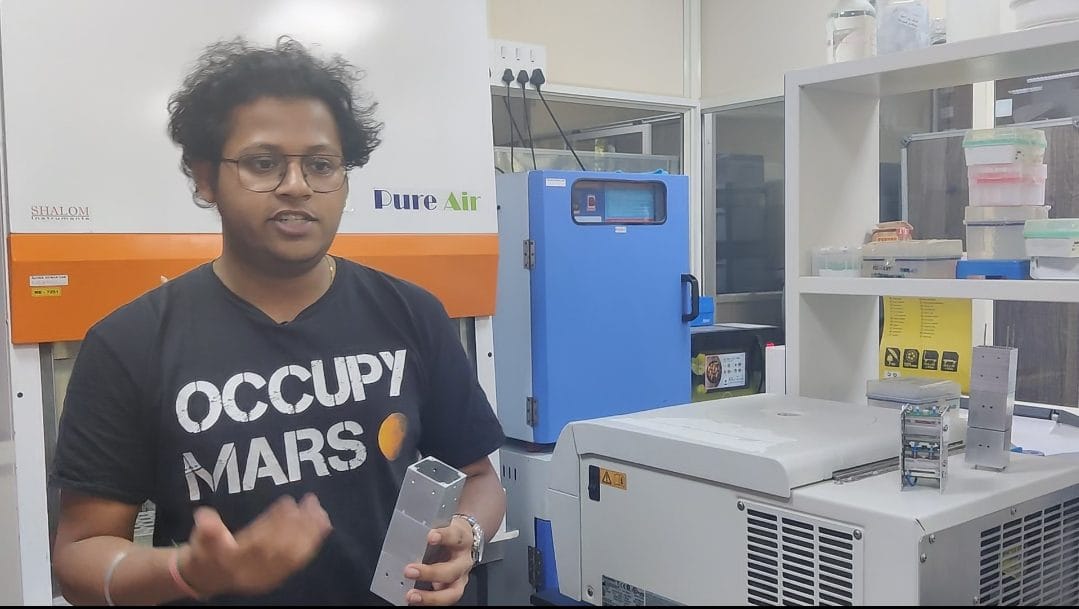
Also read: India’s space architects plan luxury living on Moon and Mars. Gaganyaan is the stepping stone
The experiment
At the IISc laboratory, Arya Naik and Shreyaans Jain assembled a metal box—the size of a shoebox—with multiple chambers. Barely 15 cm in length, it will be the shipping carton for the bacteria colony that Kumar wants to experiment on.
“We will be testing how Spasteurii bacteria will grow under microgravity,” said Singh, her eyes sparkling with excitement. The 25-year-old biologist sheds her usual reticence to talk about the experiments. The samples will be arranged in each of the box’s compartments, called ‘cassettes’, and the conditions will be modified to enable their growth, Jain explained.
Each cassette—made of a transparent acrylic chamber filled with bacterial spores suspended in a sucrose solution—has wells or channels built to carry nutrients to the chamber where the bacterial samples are placed. Electronically stimulated valves would open at designated periods to control conditions like fluid flow and light availability, creating a viable environment for the samples to grow.
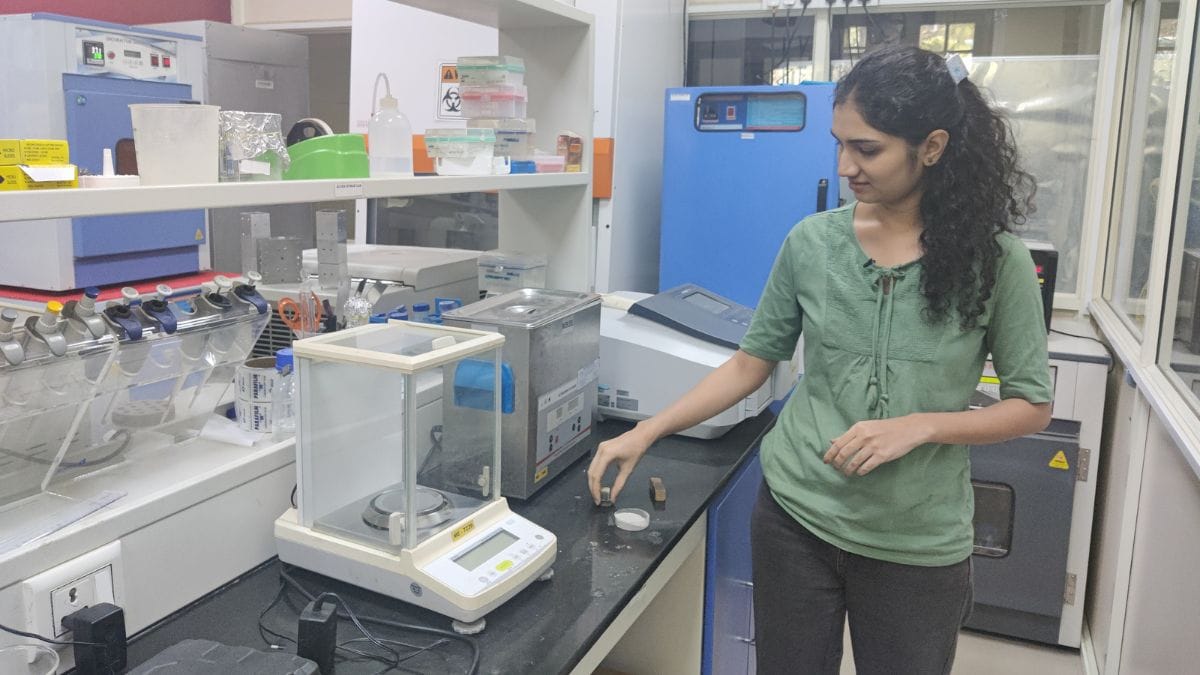
Testing microbes in space is nothing new. Since 1998, the US space agency NASA has conducted over 200 microbial experiments aboard the International Space Station (ISS). Each time an astronaut is sent to the ISS, microbes from Earth are part of controlled experiments. Some bacteria, like E. coli and Staphylococcus, have shown increased resistance to antibiotics in space. Other experiments studied how changes in a microbe’s physical environment triggered them to switch on appropriate genes to compensate.
Last year, NASA’s Jet Propulsion Laboratory tested strains of Enterobacter bugandensis isolated from the ISS and found that, under stress, they had mutated. “They had become genetically and functionally distinct compared to their Earth counterparts,” the report stated.
IISc scientists initially planned their experiment as a payload for Gaganyaan. But now, they will assess the results of the uncrewed Skyroot Aerospace mission before the Gaganyaan run.
Since we are still unsure of how these bacterial samples will behave under microgravity, we thought it would be a better idea to first conduct basic tests on an uncrewed mission
In the Skyroot mission, scientists will investigate how temperature and microgravity impact bacterial samples. Once the experiment moves to Gaganyaan, the intensity of the tests will be cranked up. Researchers will analyse how external factors like the absence of gravity and atmosphere influence bacterial growth.
“Since we are still unsure of how these bacterial samples will behave under microgravity, we thought it would be a better idea to first conduct basic tests on an uncrewed mission,” said Kumar.
Back at IISc, Kumar’s lab has already completed preliminary ground-based experiments to test MANAS’s efficacy. They evaluated S. pasteurii growth patterns and tested the device under multiple temperatures, pressures, and orientations. Their findings were published in Acta Astronautica.
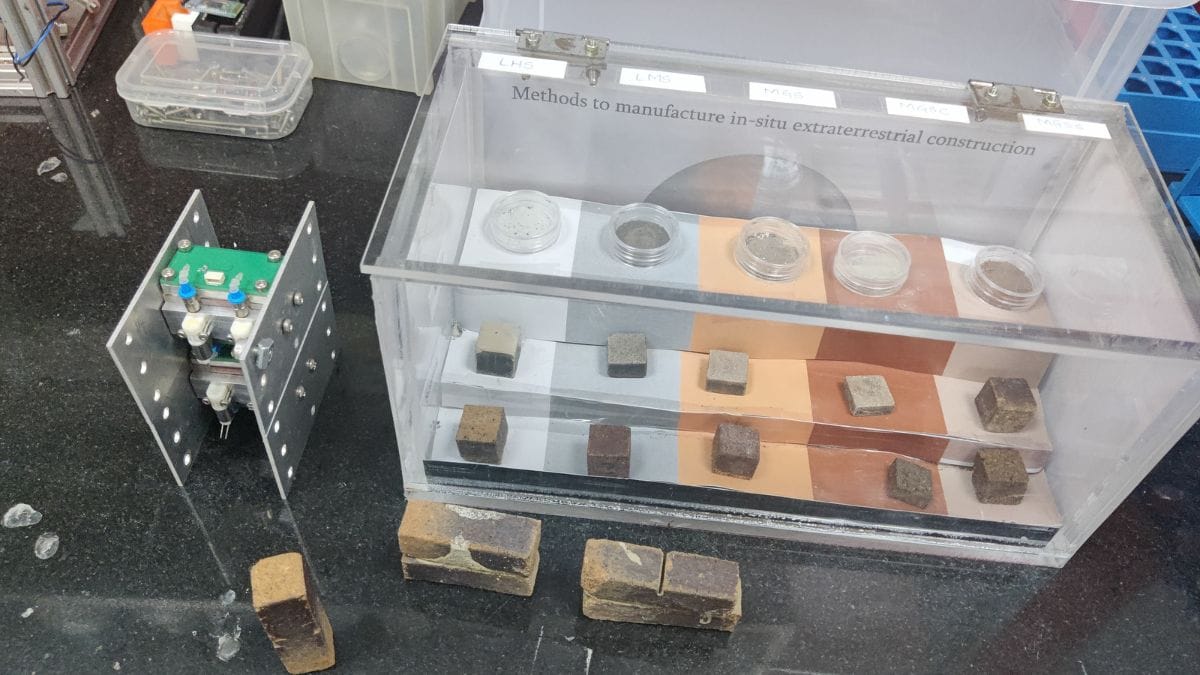
But the potential of MANAS does not stop at these experiments, said Kumar. The biosatellite’s modular design allows researchers to swap out microbial samples or adjust the number of cassettes to suit different experiments.
“We have designed this as a prototype,” he added. “It will pave the way for future experiments [in space].”
Also read: This Bengaluru startup’s leading India’s nuclear fusion research—to light up a billion homes
Growing in space
While MANAS is a one-of-its-kind step, Kumar’s vision goes beyond growing bacteria in space. He is preparing for a time when scientists will build organs, manufacture drugs, and test medical equipment in space for use on Earth.
Growing bacteria in space is the first step in that direction.
“Certain conditions in space could drastically upgrade healthcare. There could soon be a time when we could build and manufacture in space for Earth,” he said. One such possibility is 3D organ printing. On Earth, gravitational pull is a major hurdle—adult organs tend to collapse due to their own weight. But in space, where gravity is negligible, this won’t be a challenge, Kumar said.
This futuristic vision may sound far-fetched but such far-out experiments are being carried out in other countries as well. At the University of California, Berkeley, researchers are studying how microbes can be harnessed to produce food, pharmaceuticals, building materials, and clean water and air using resources obtained from Mars.
Certain conditions in space could drastically upgrade healthcare. There could soon be a time when we could build and manufacture in space for Earth
“We’ve been building this series of technologies, each of which gives you the capability of making a new food, type of material, or sequestering more material from the atmosphere to form an integrated biomanufacturing plant,” said Adam Arkin, professor of bioengineering, in a 2022 lecture.
Last year, Chinese scientists on board the Tiangong Space Station began studying anaerobic archaea—single-celled microorganisms that thrive in low-oxygen environments—to understand their potential for space survival.
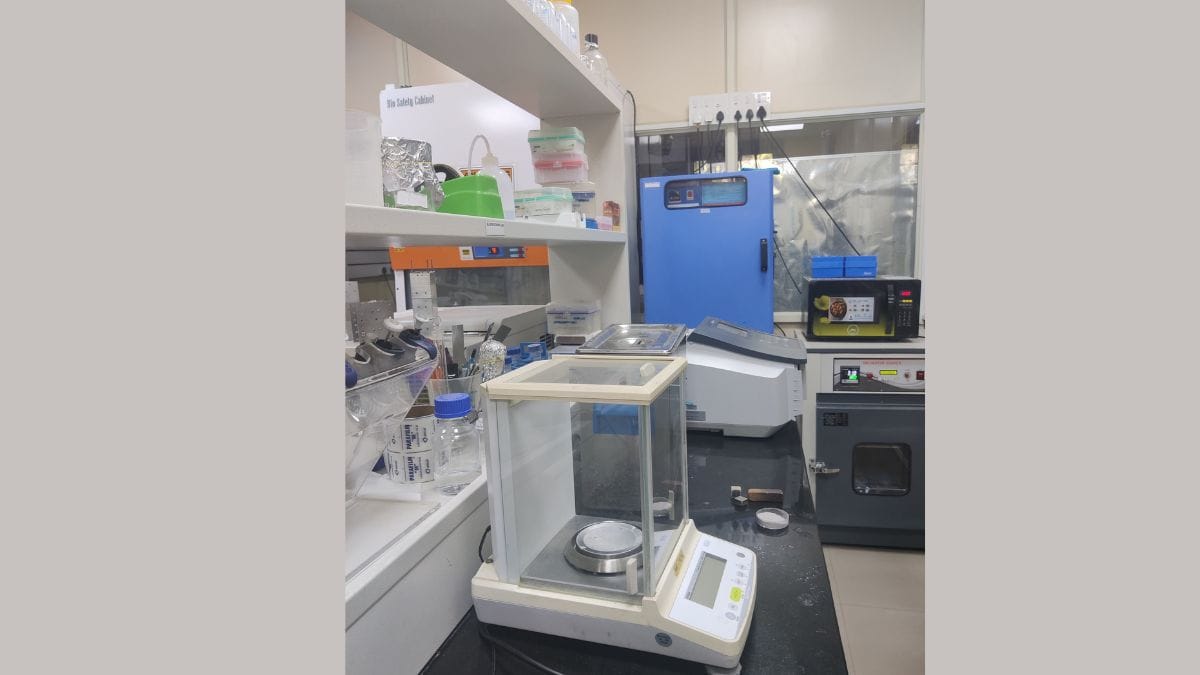
Even astronauts aboard the ISS have been contributing to microbial research. Indian-origin NASA astronaut Sunita Williams and her colleague Butch Wilmore, who splashed down on Earth on 19 March after nearly nine months in space, spent part of their extended stay growing microbes.
In photos released by NASA, Williams is seen posing with specimens of bacteria and yeast as part of the Rhodium Biomanufacturing 03 project. The experiment aimed to determine how the absence of gravity affects microbial cell development, structural formation, and metabolic functions.
Throughout their mission, Williams and Wilmore also studied how microorganisms behave in microgravity and what measures can be taken to prevent their spread to other planets.
This is precisely what Kumar hopes to decode with his sample of soil bacteria.
Also read: Bengaluru startups are 3D-printing human body parts. It’s sci-fi to surgery
Work in India
ISRO, too, has begun experimenting with growing life in space. Last year, the space agency conducted an experiment onboard its Polar Satellite Launch Vehicle (PSLV-C60) mission, where cowpea seeds were germinated and observed for five to seven days.
In February this year, ISRO shared a 20-second video showing the seeds sprouting leaves and increasing in size. This experiment, called Compact Research Module for Orbital Plant Studies (CROPS), was designed to test how a seed germinates and grows up to a two-leaf stage in space. It was conducted in an airtight container—300 mm in diameter and about 450 mm in height—simulating an Earth-like environment, minus gravity.
For scientists like Kumar, ISRO’s success offers hope. His bacteria were initially slated to fly into space in 2022, but delays in the Gaganyaan mission postponed the launch.
Now, his tiny astronauts are primed for liftoff.
This report is second in a three-part series titled ‘Building Blocks in Space’. Read all the articles here.
(Edited by Prashant)



